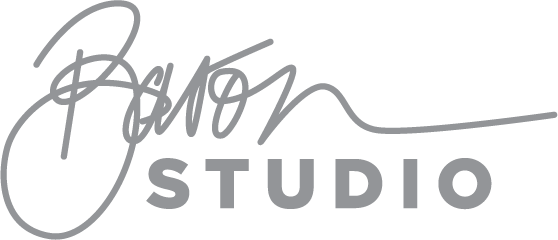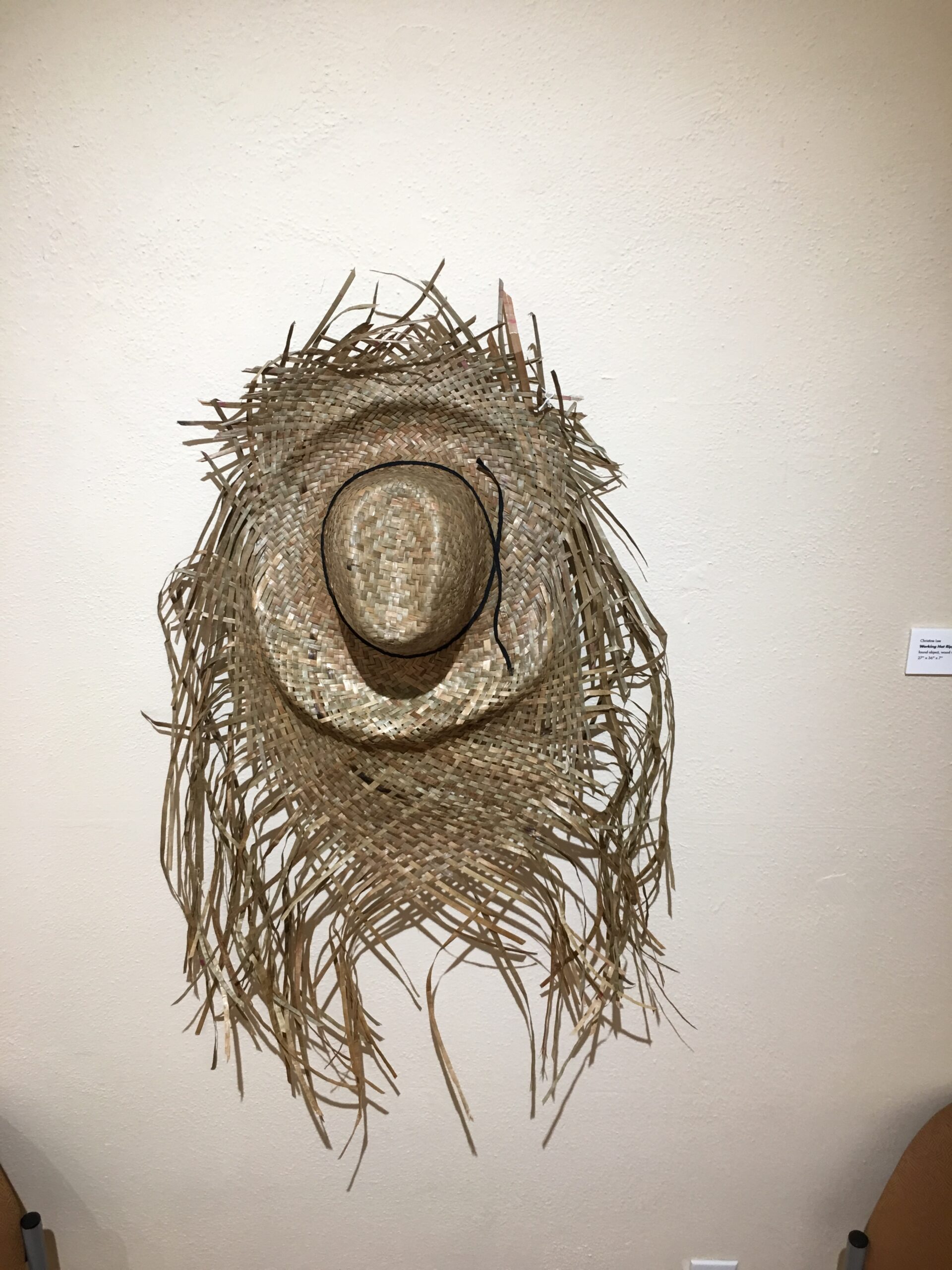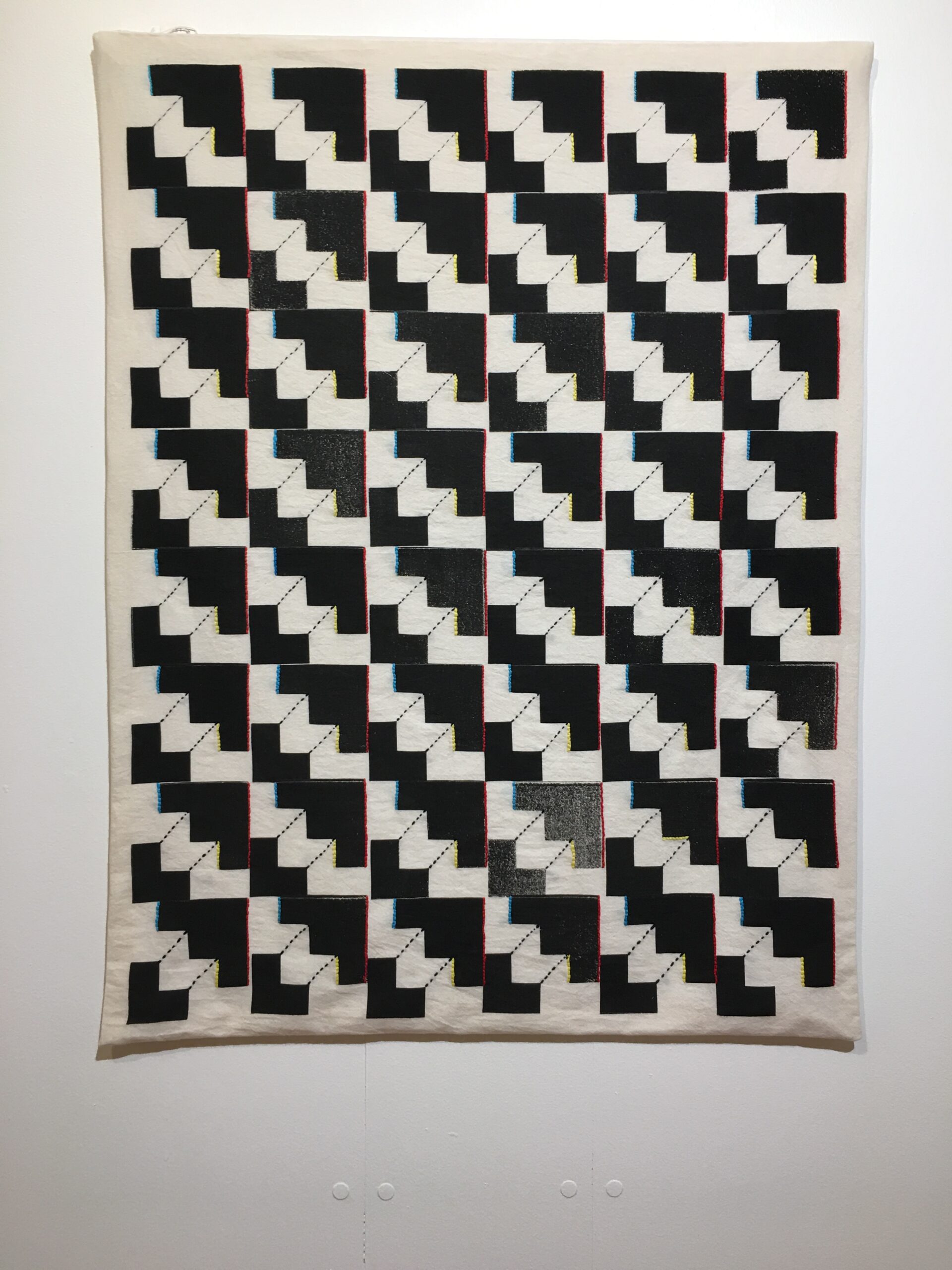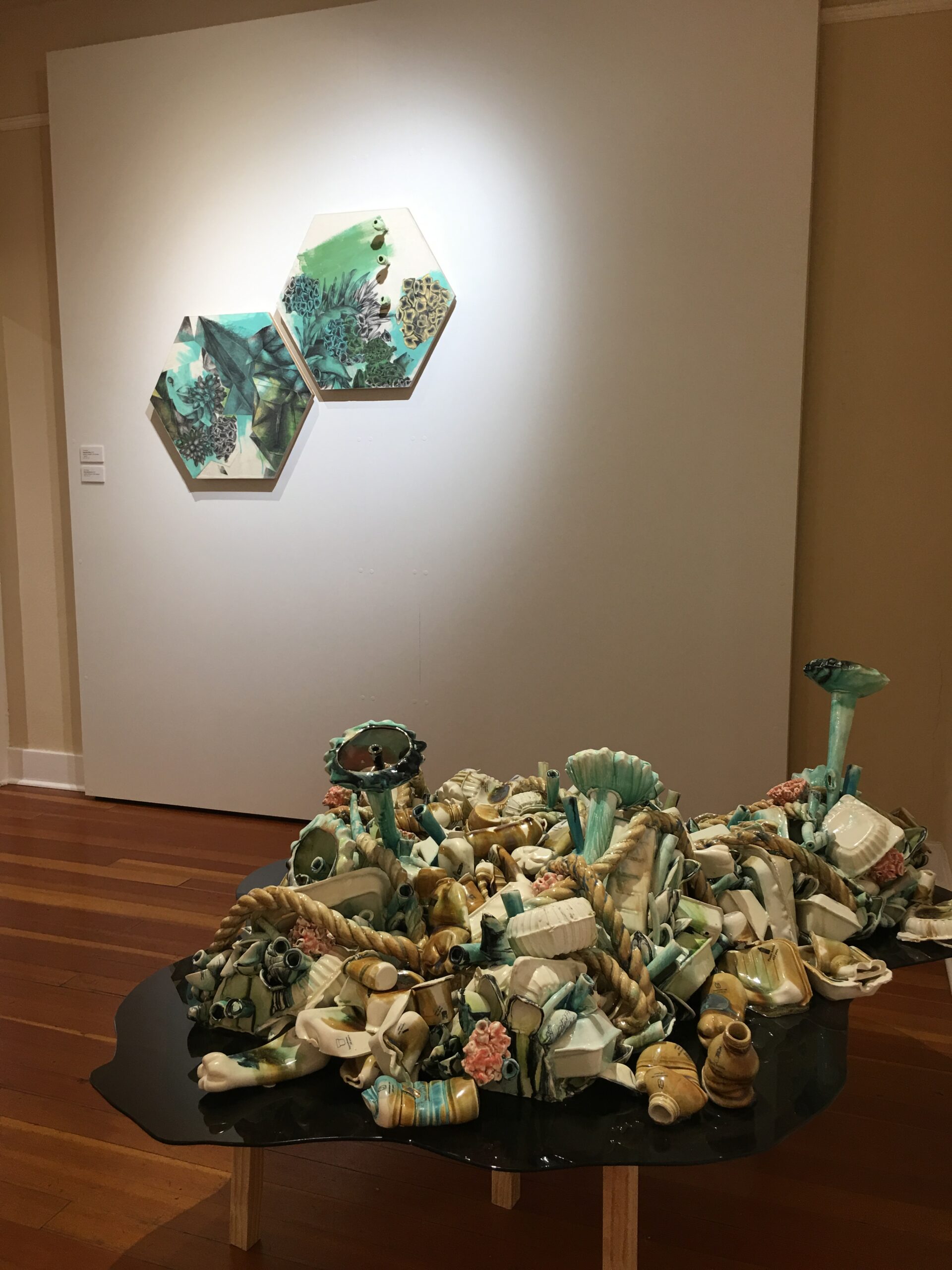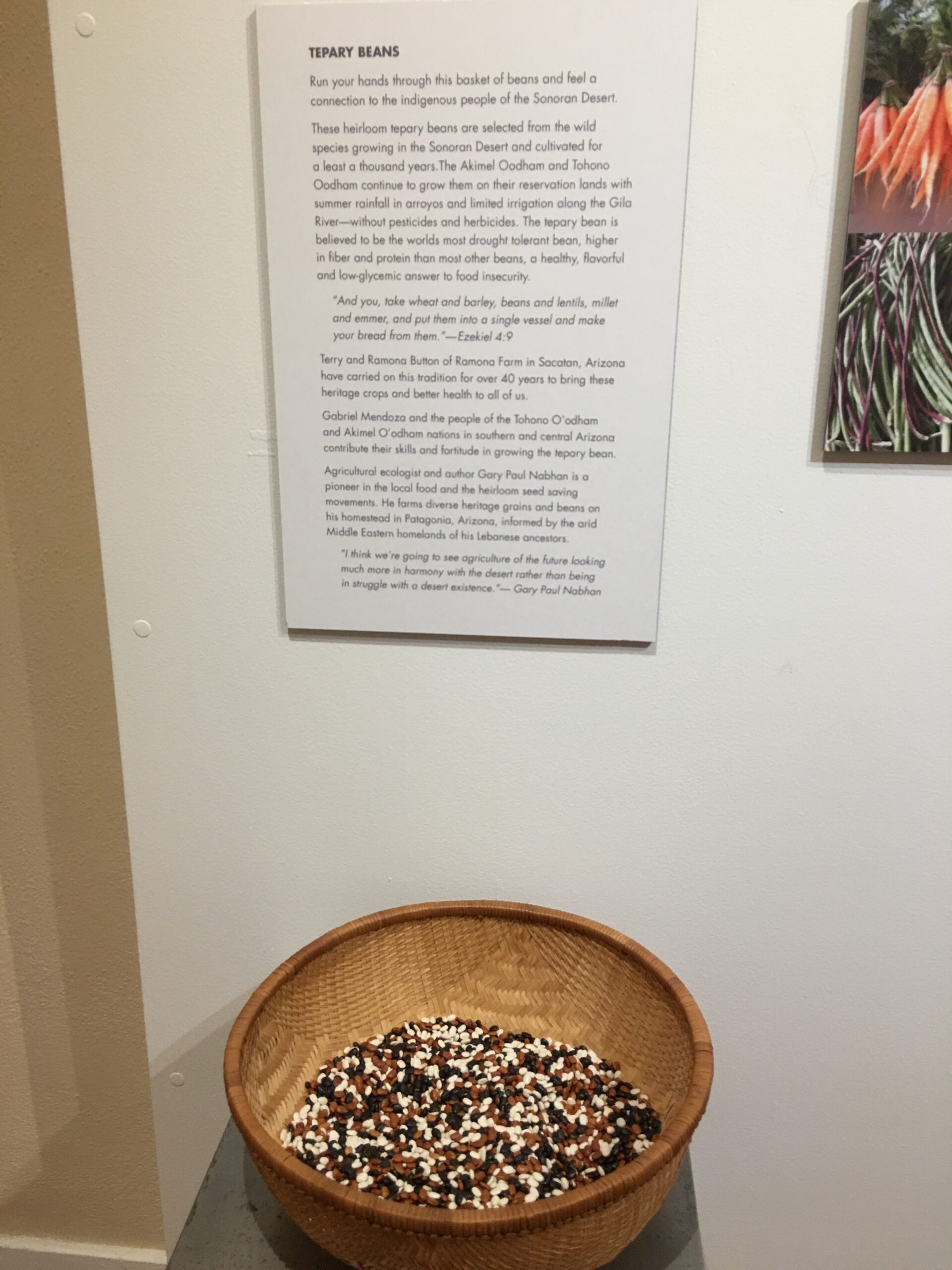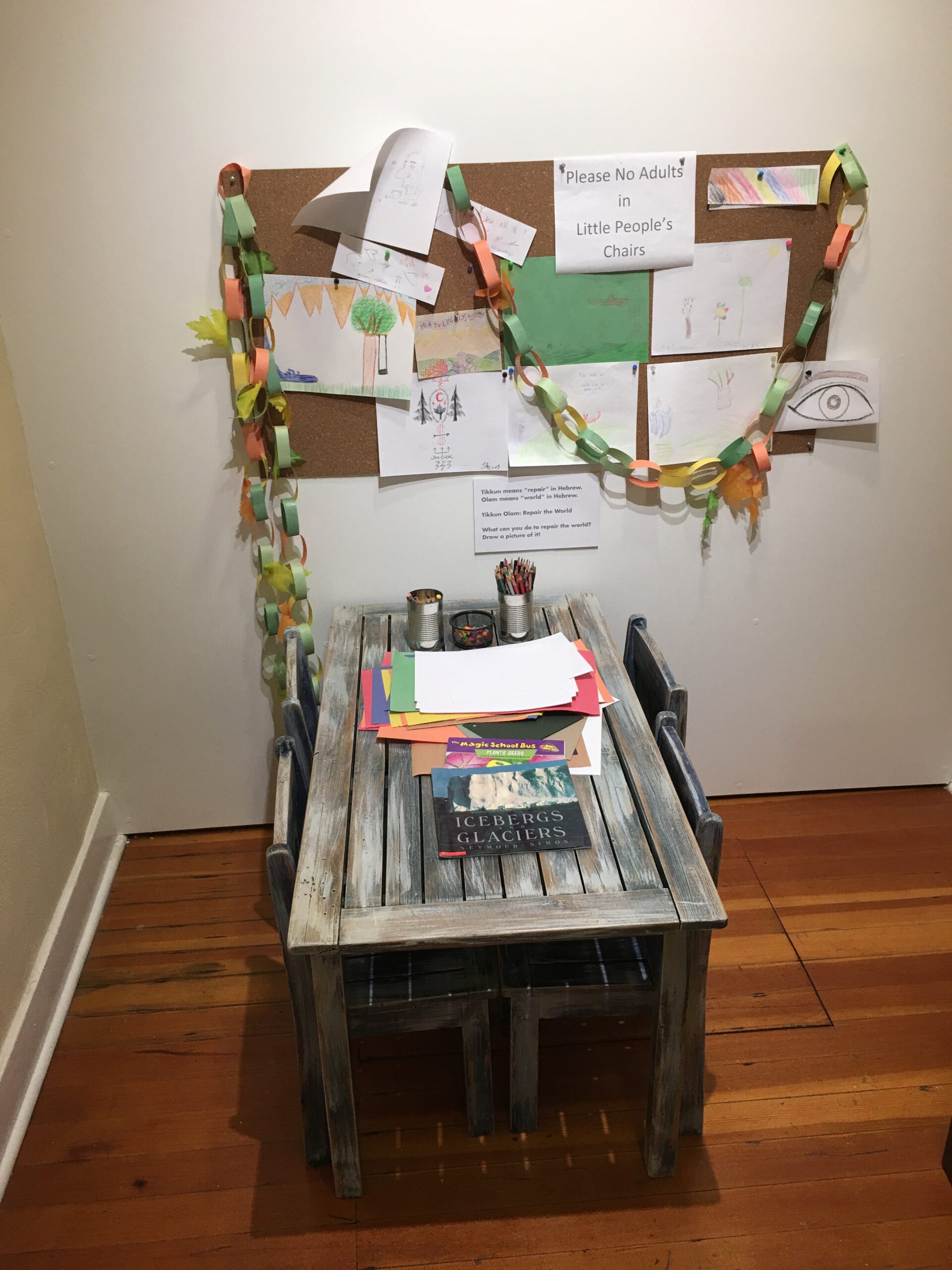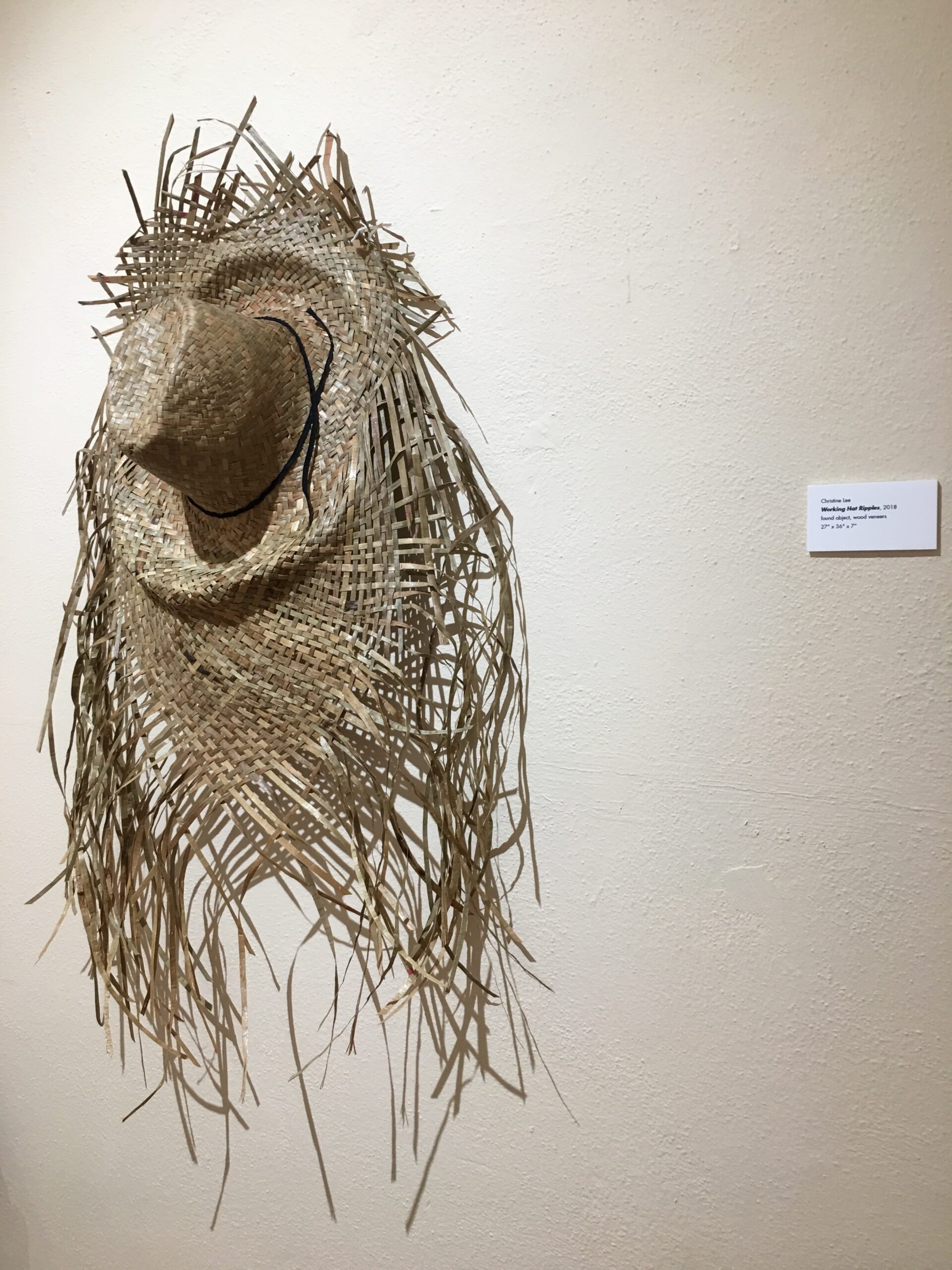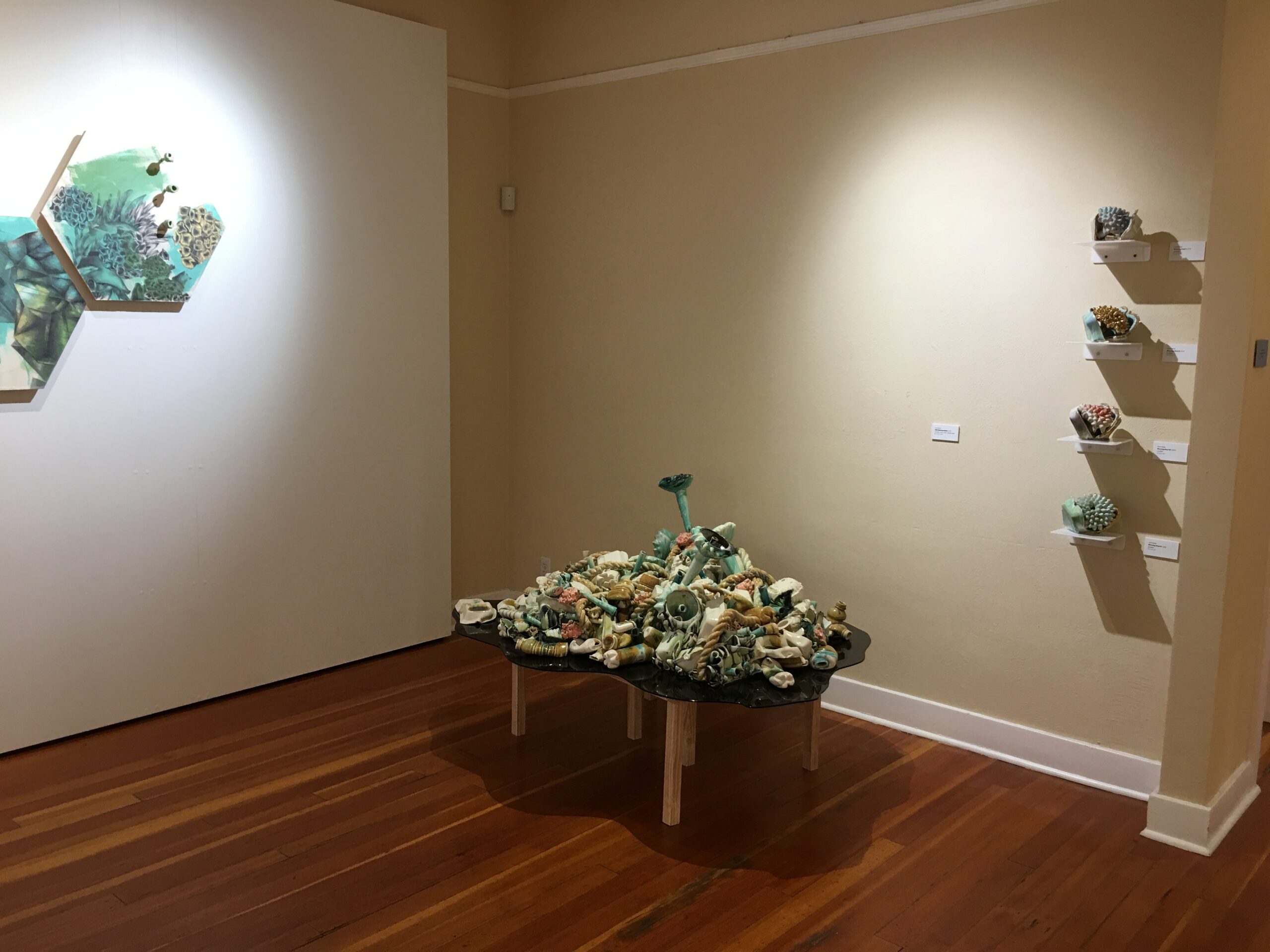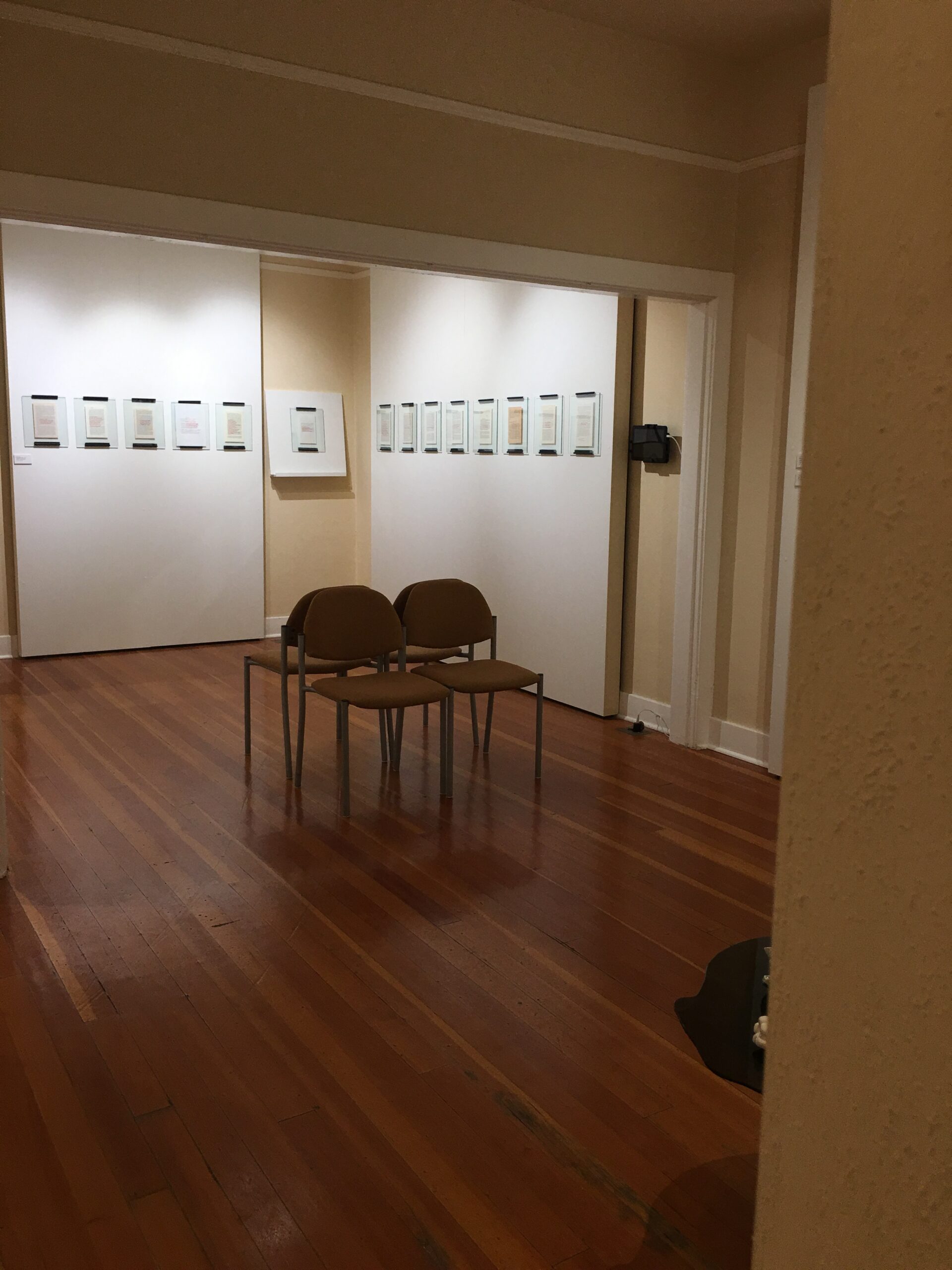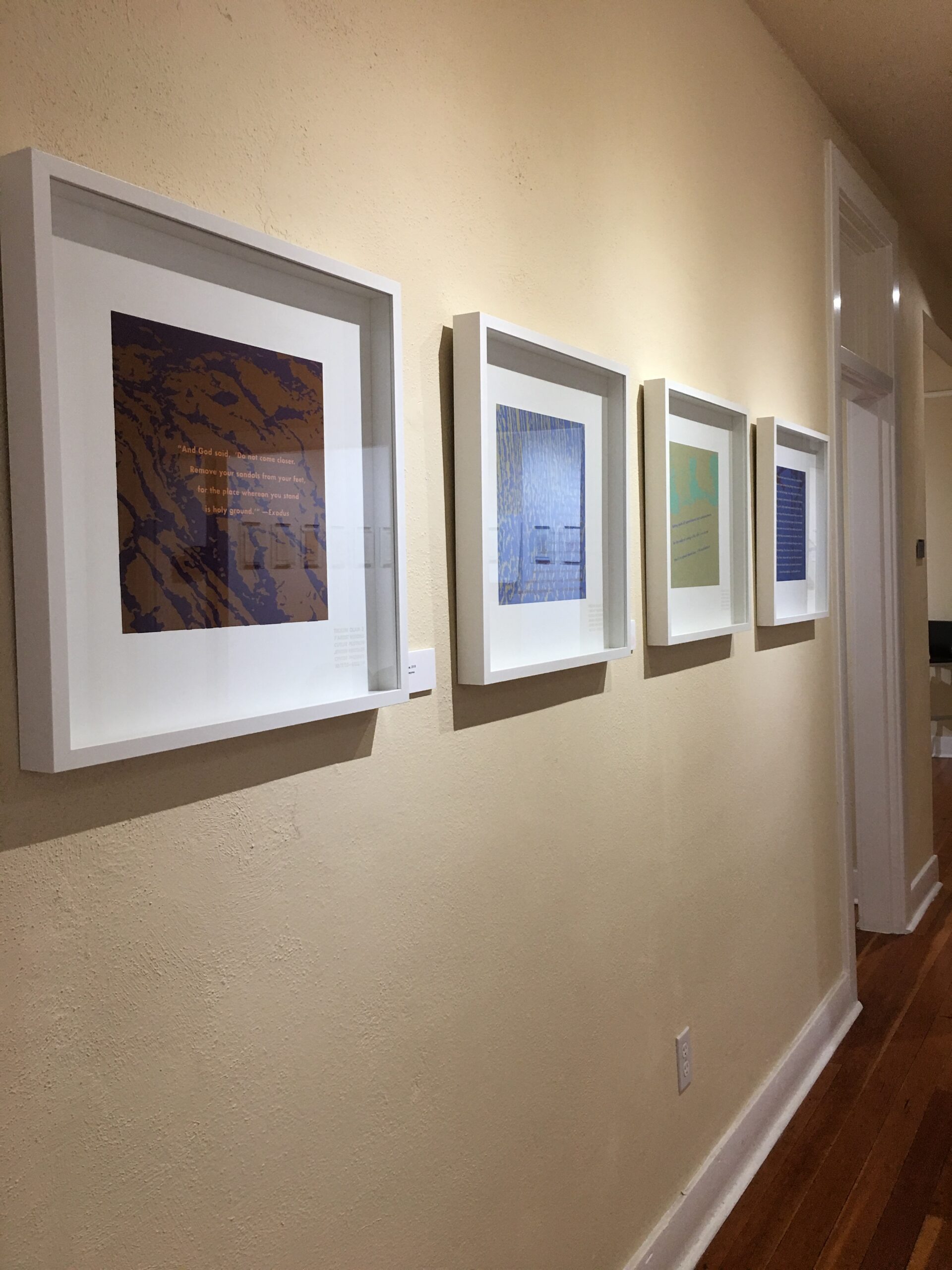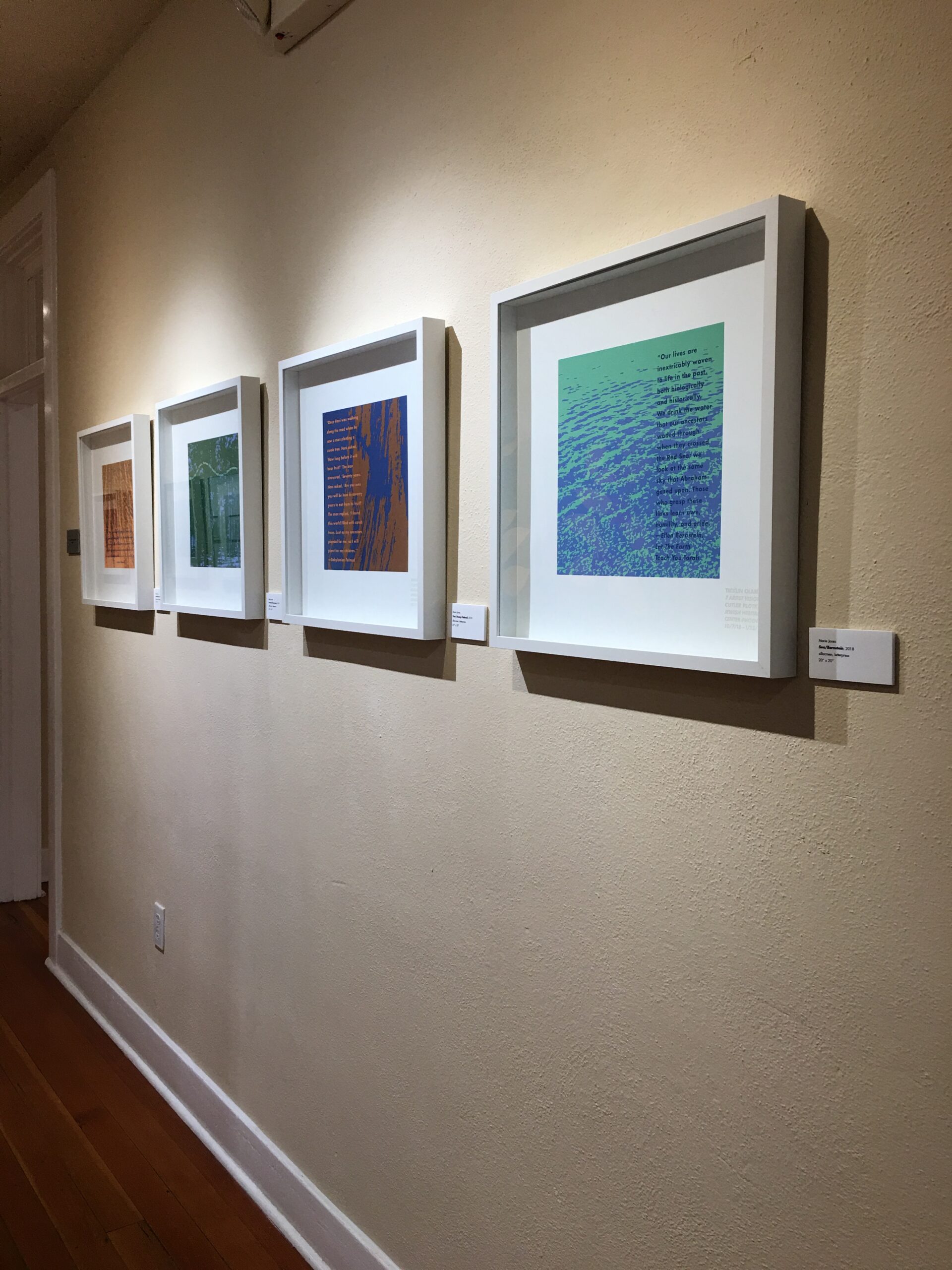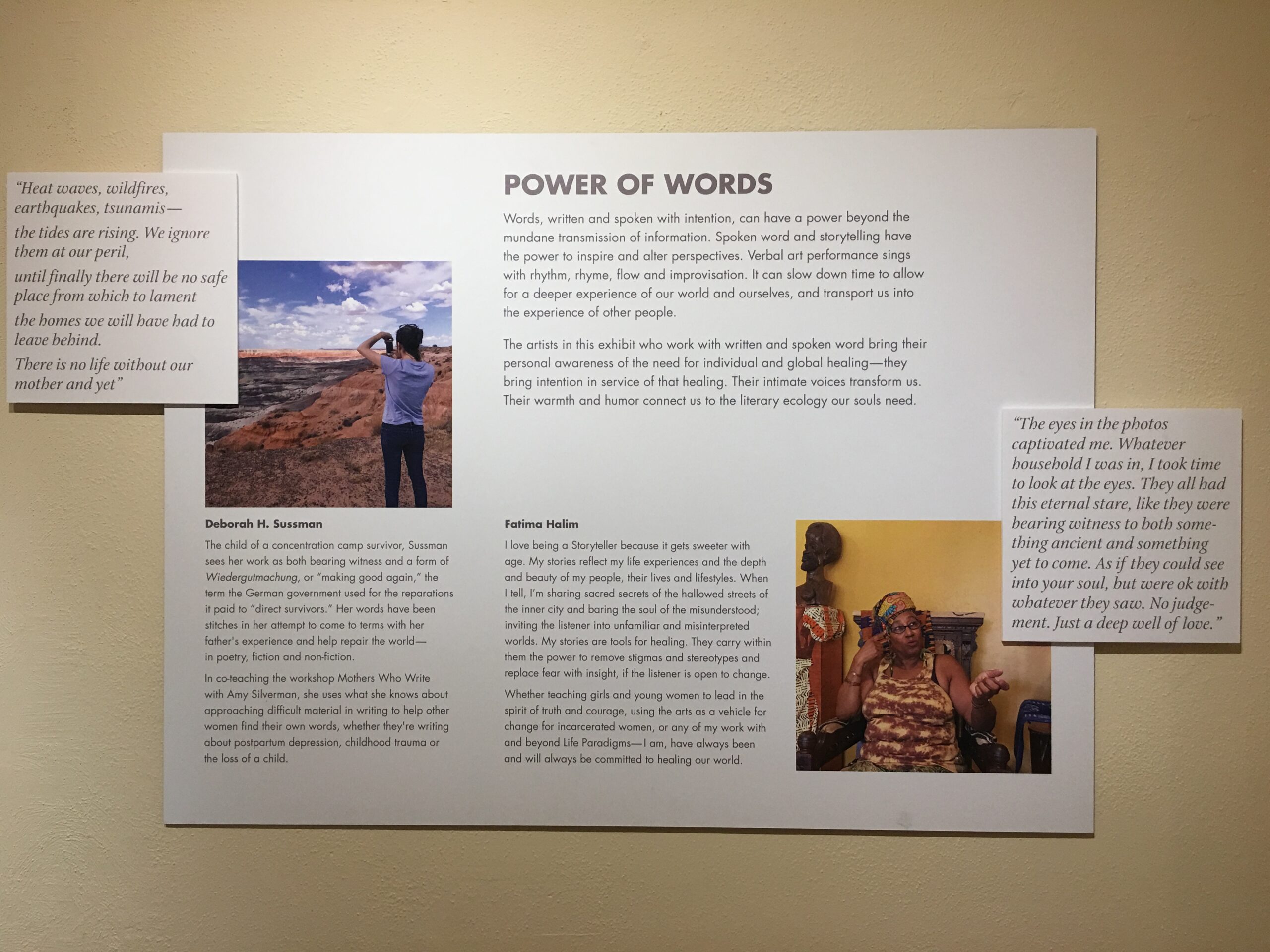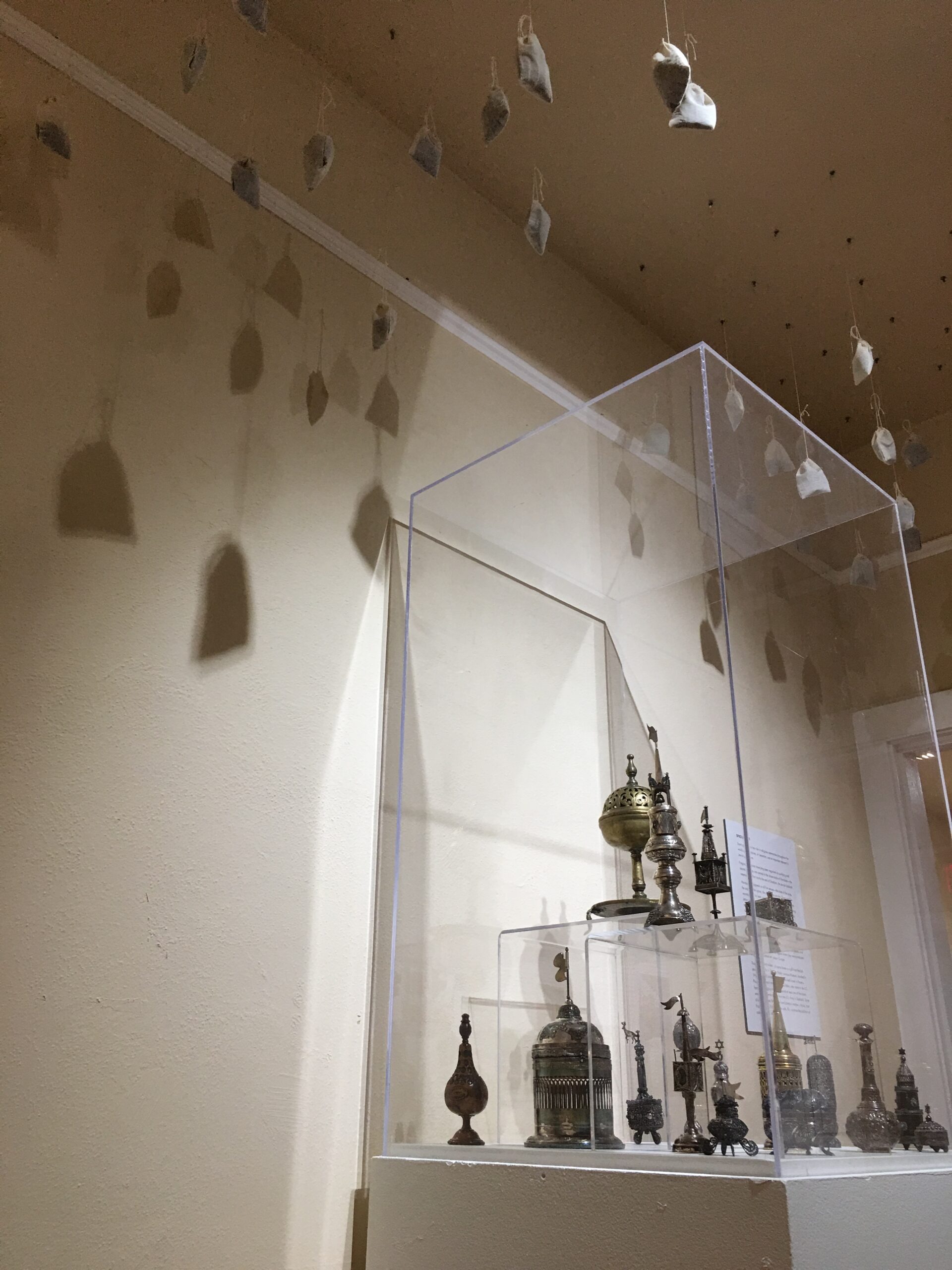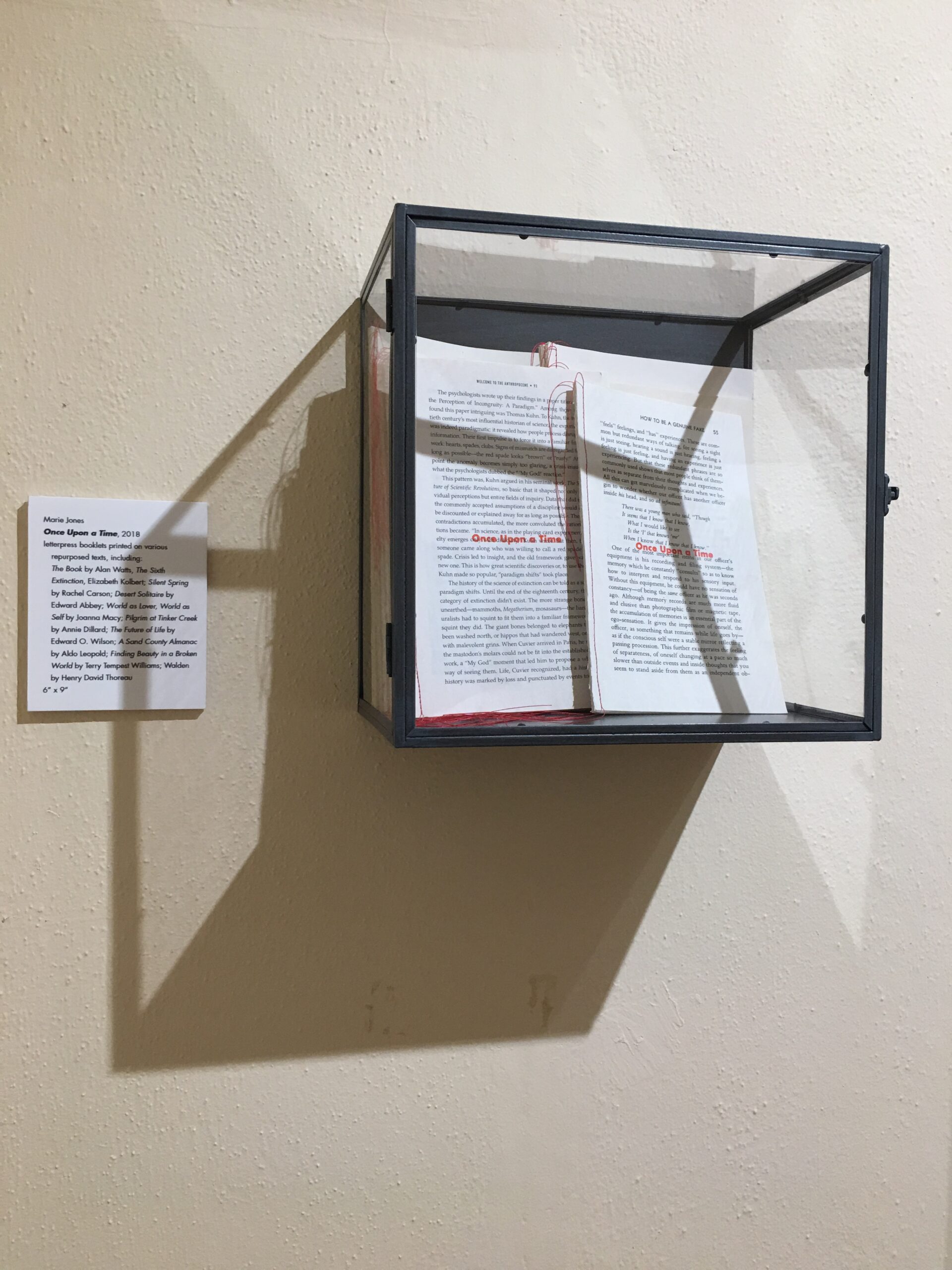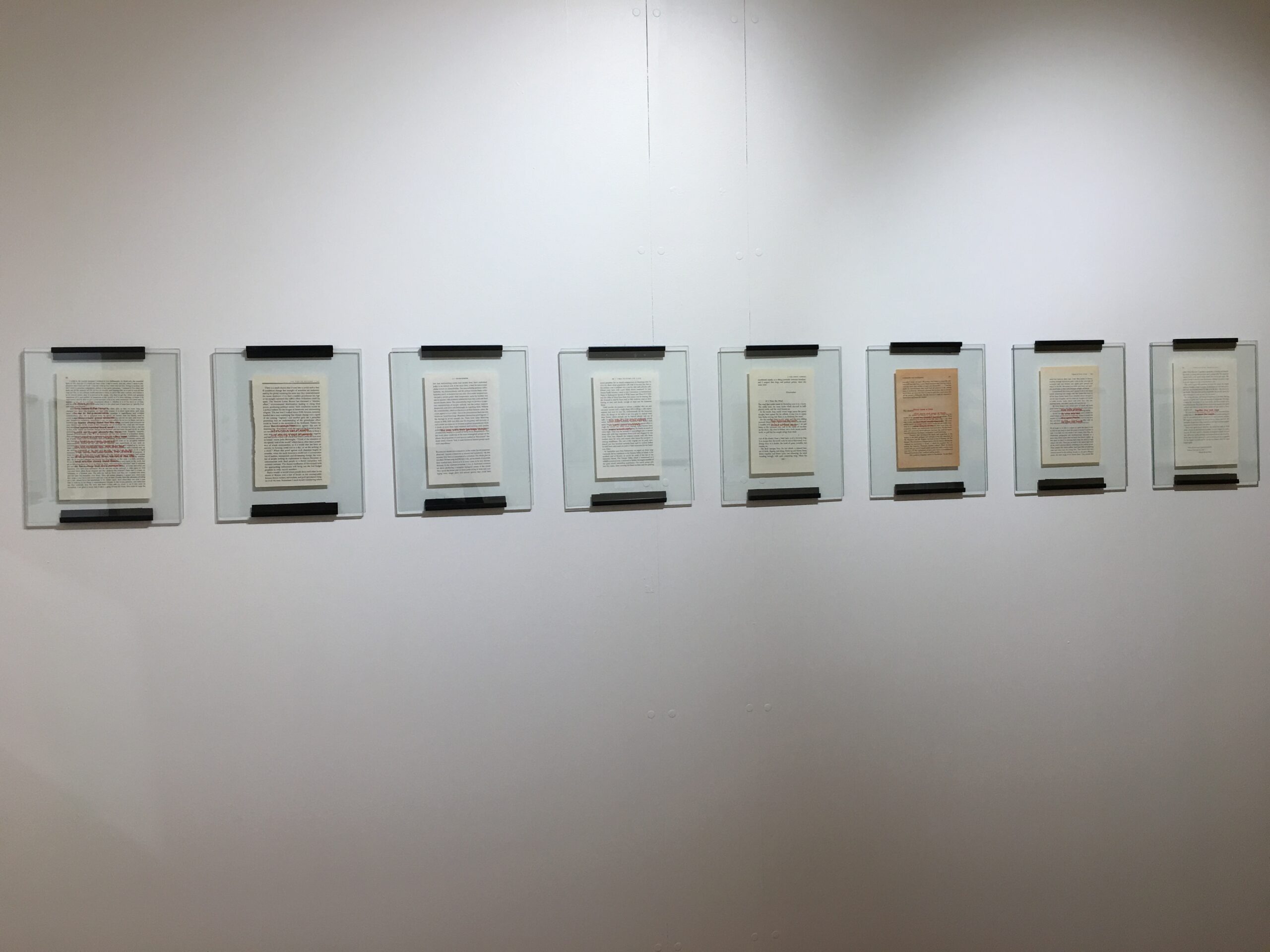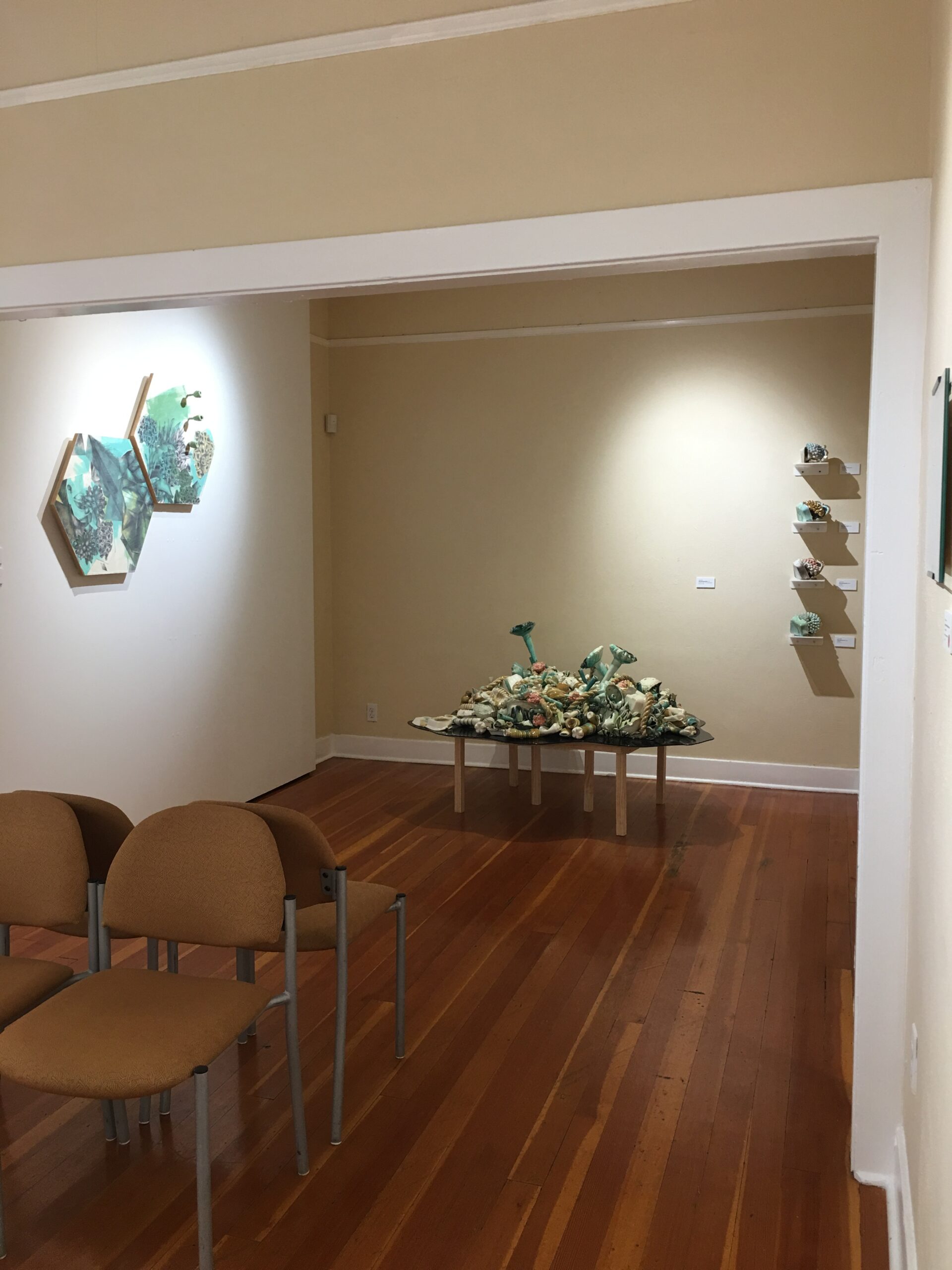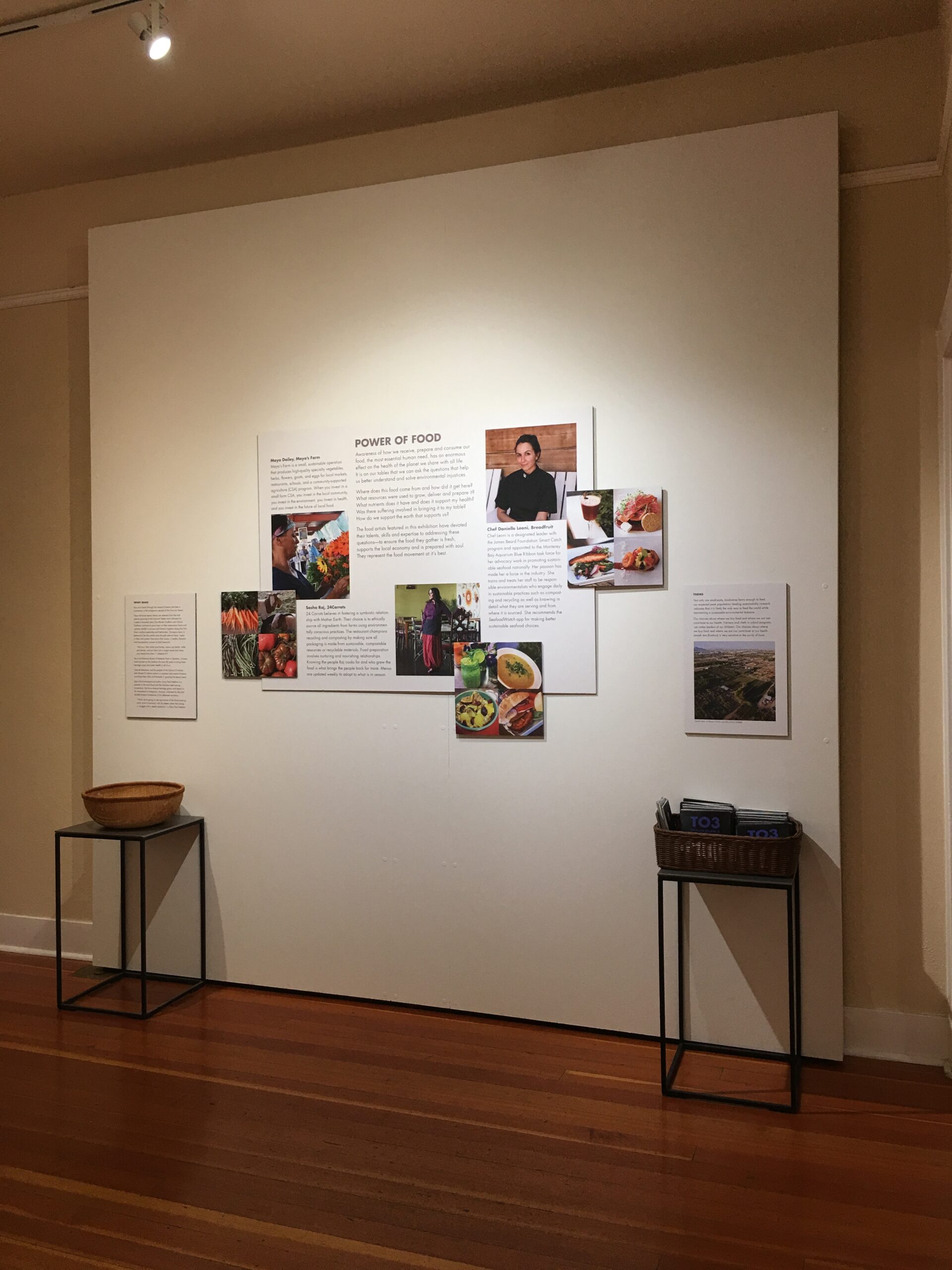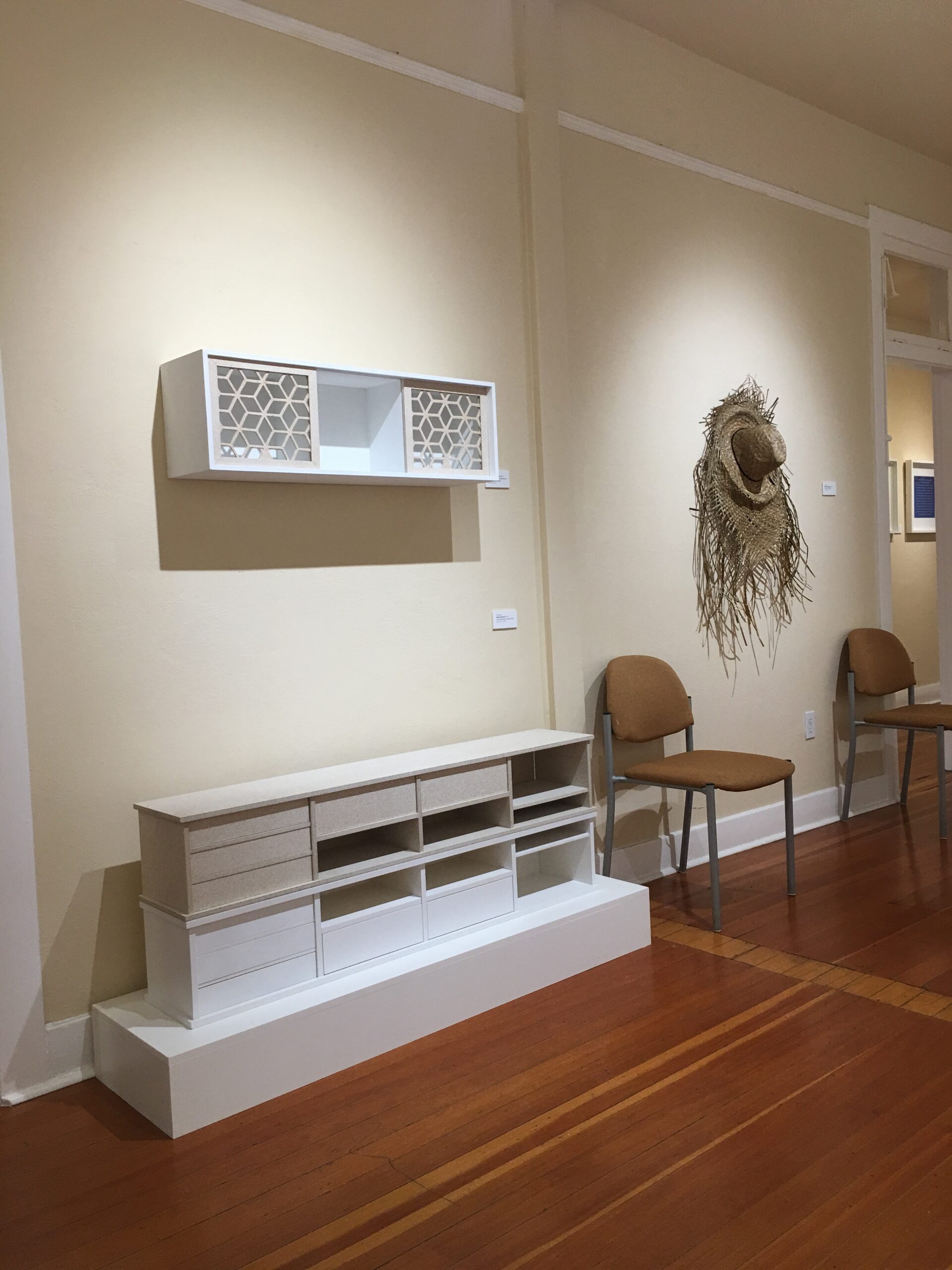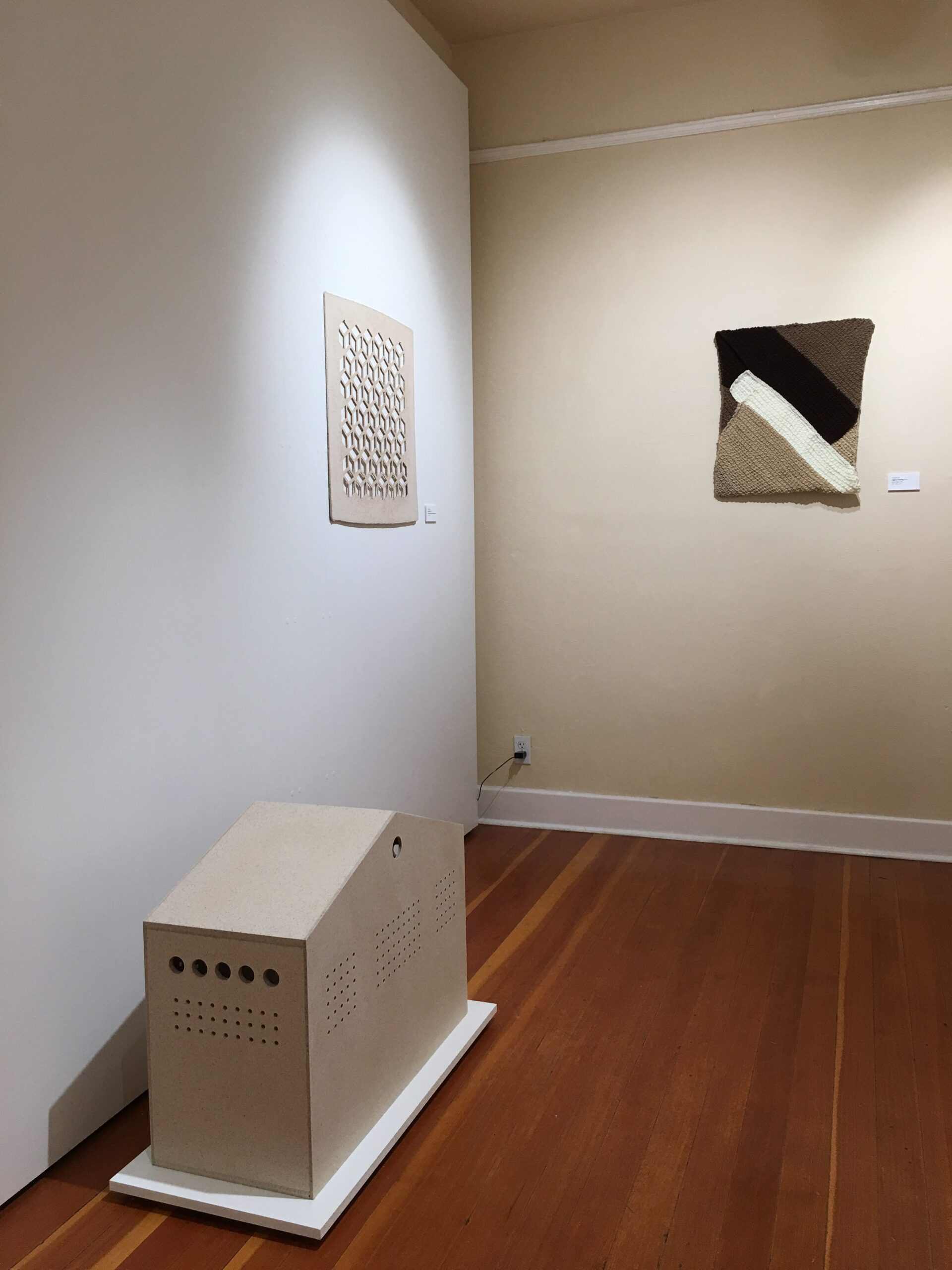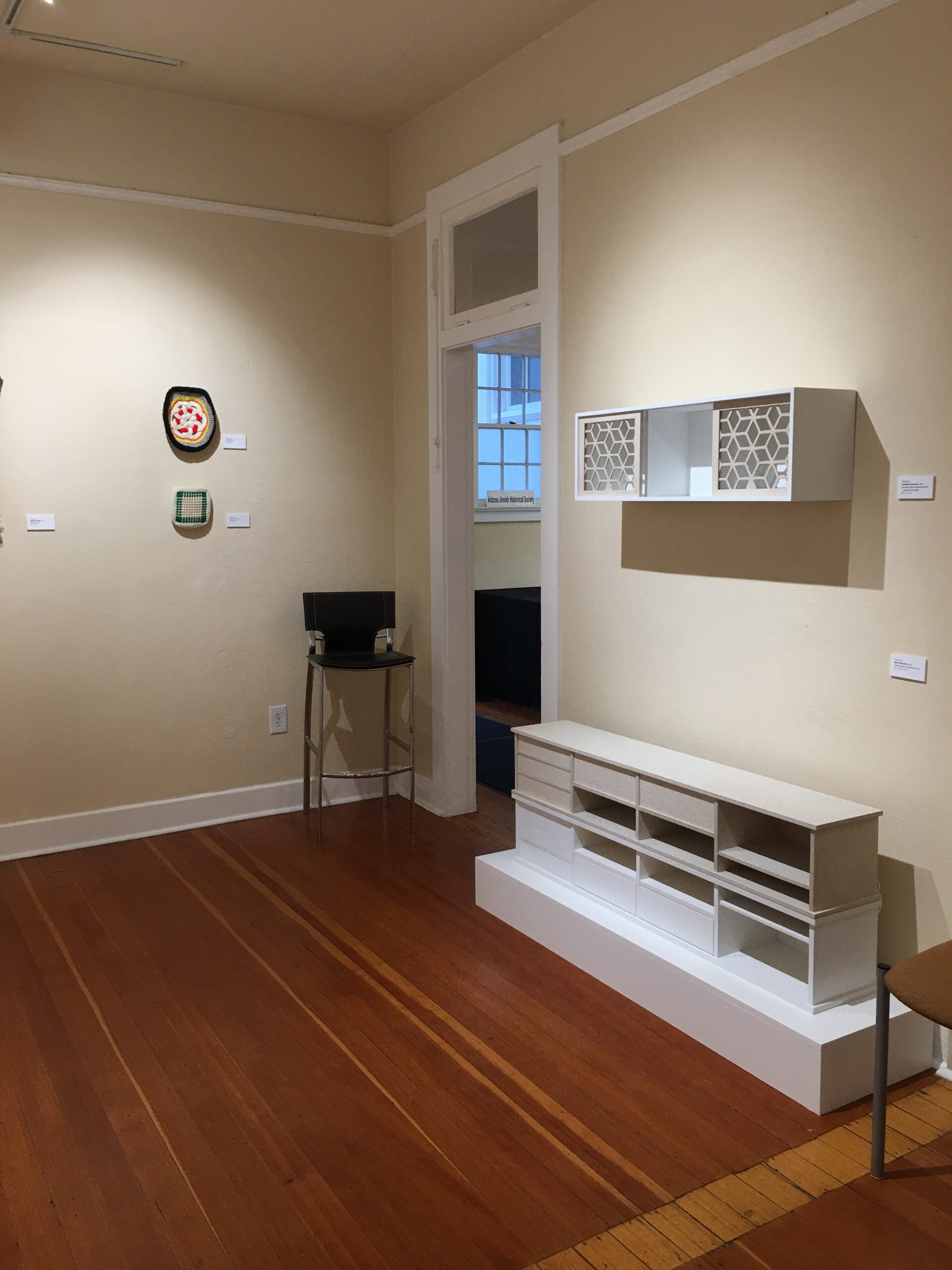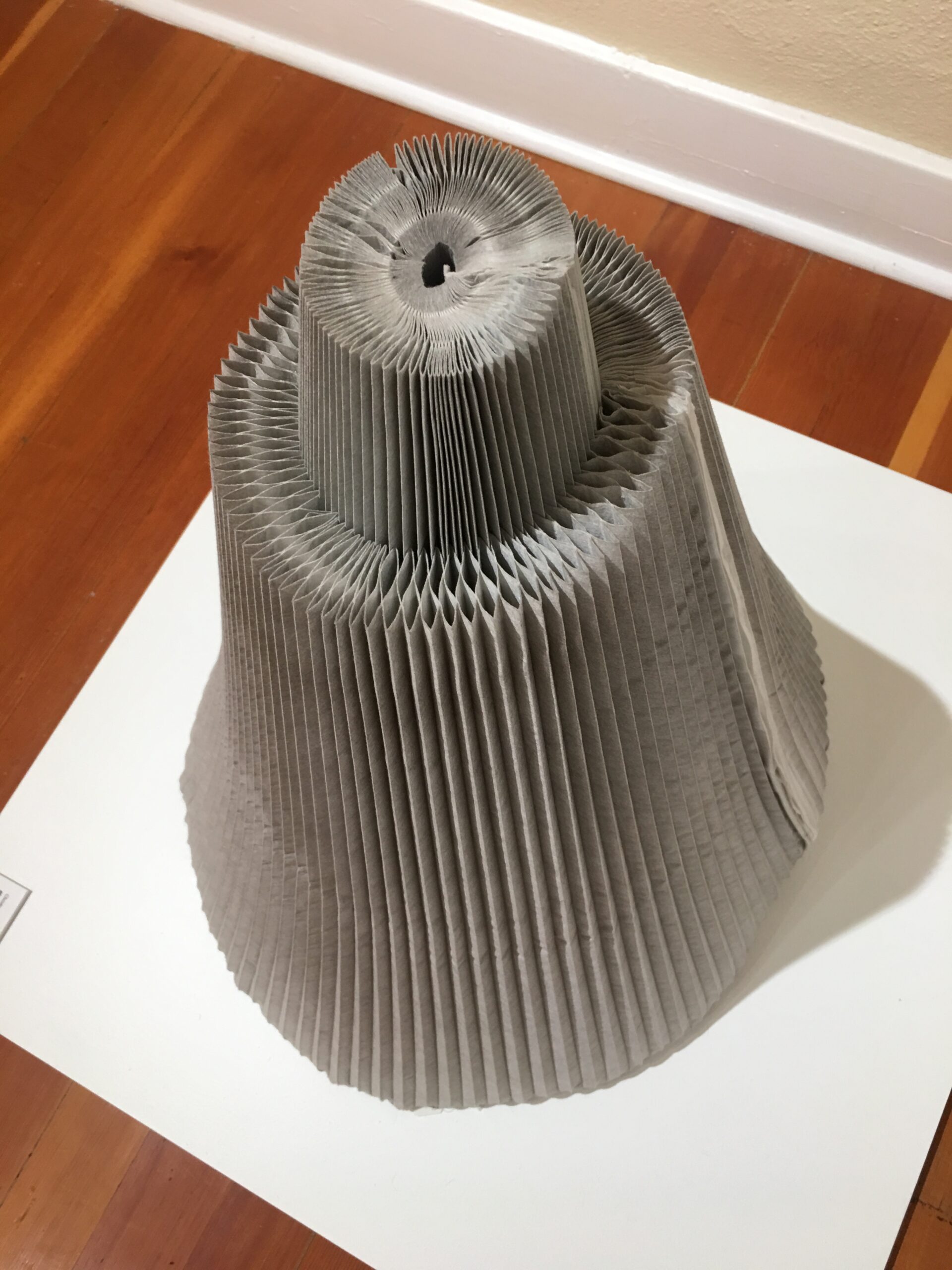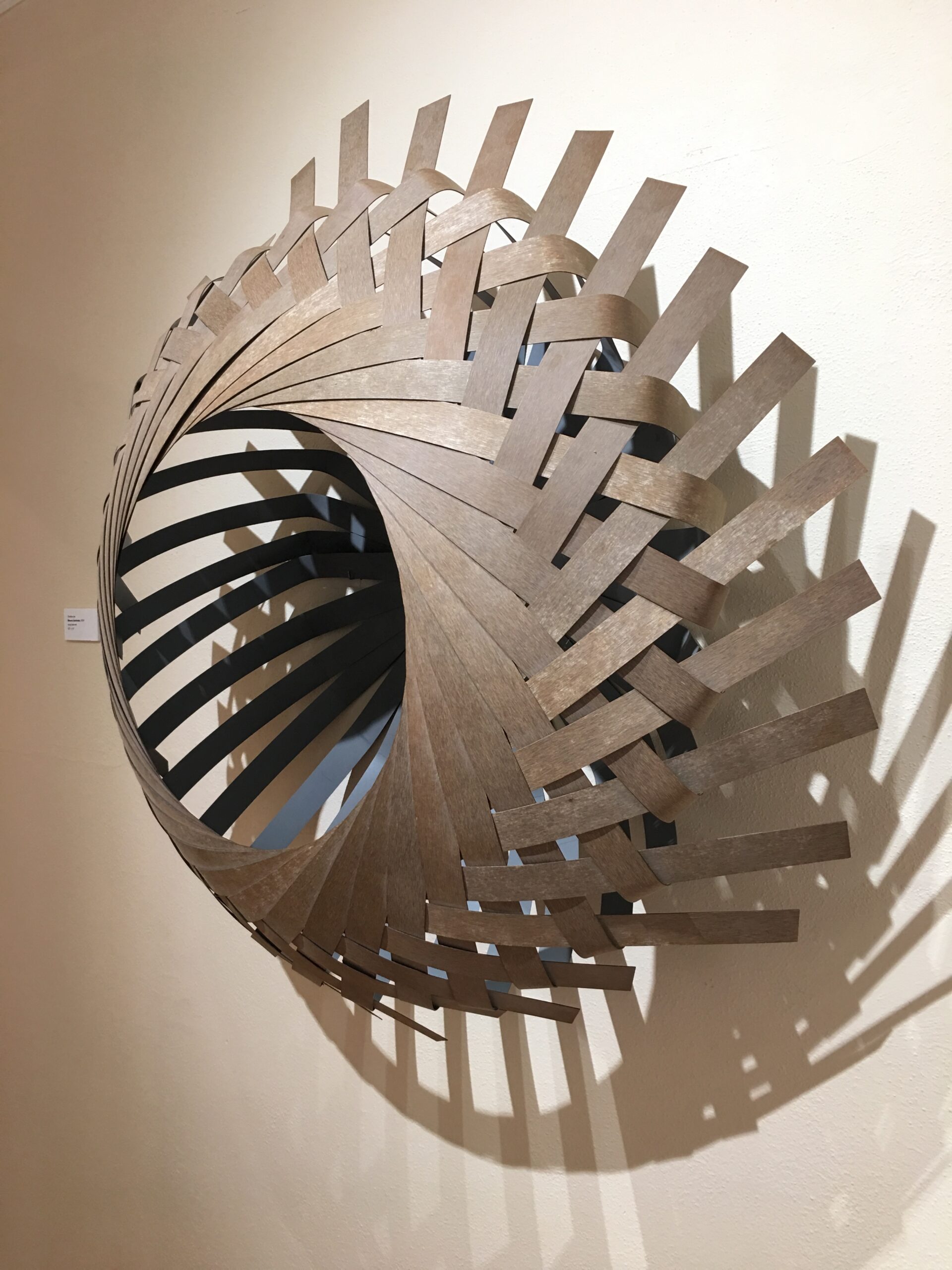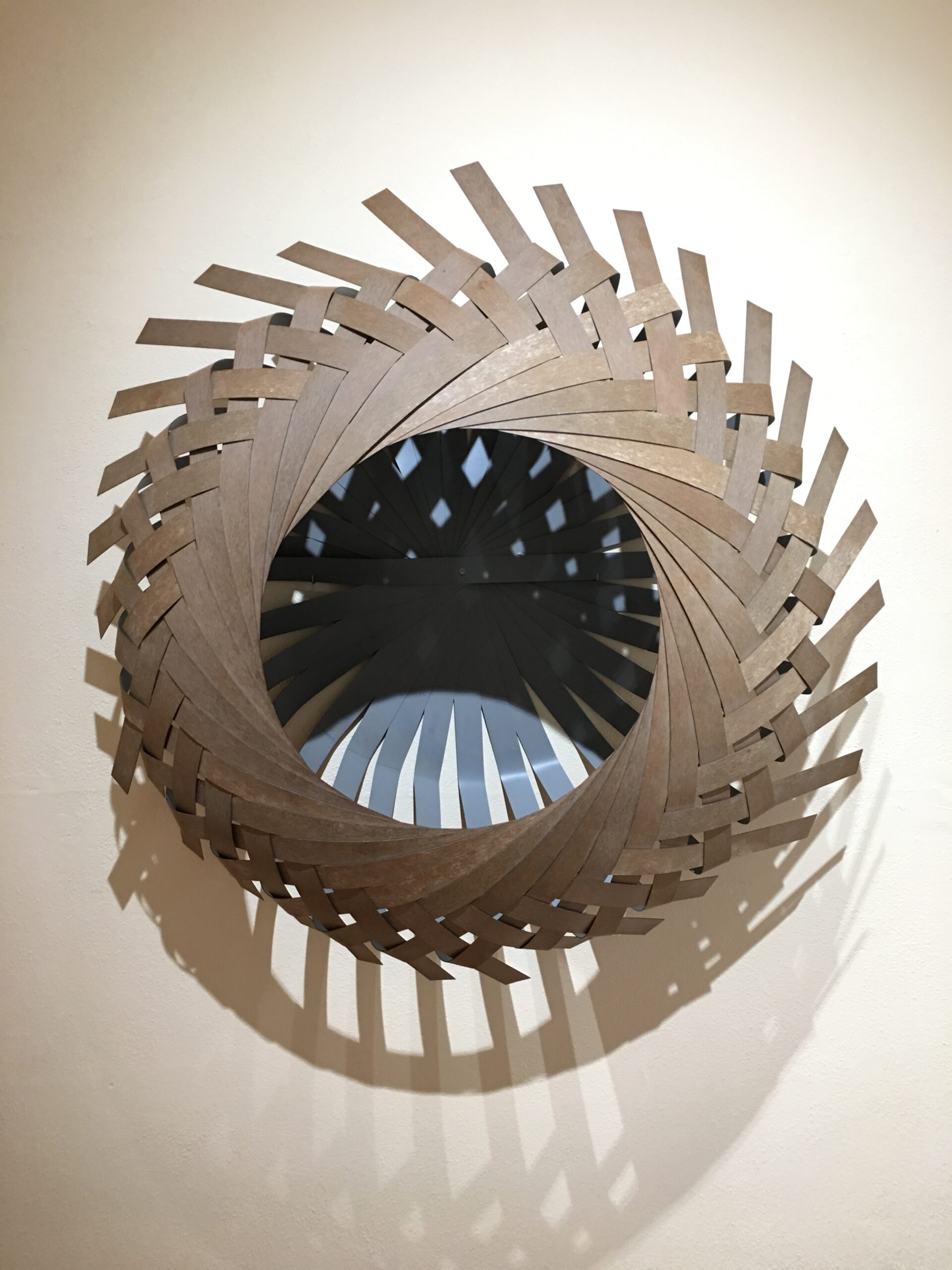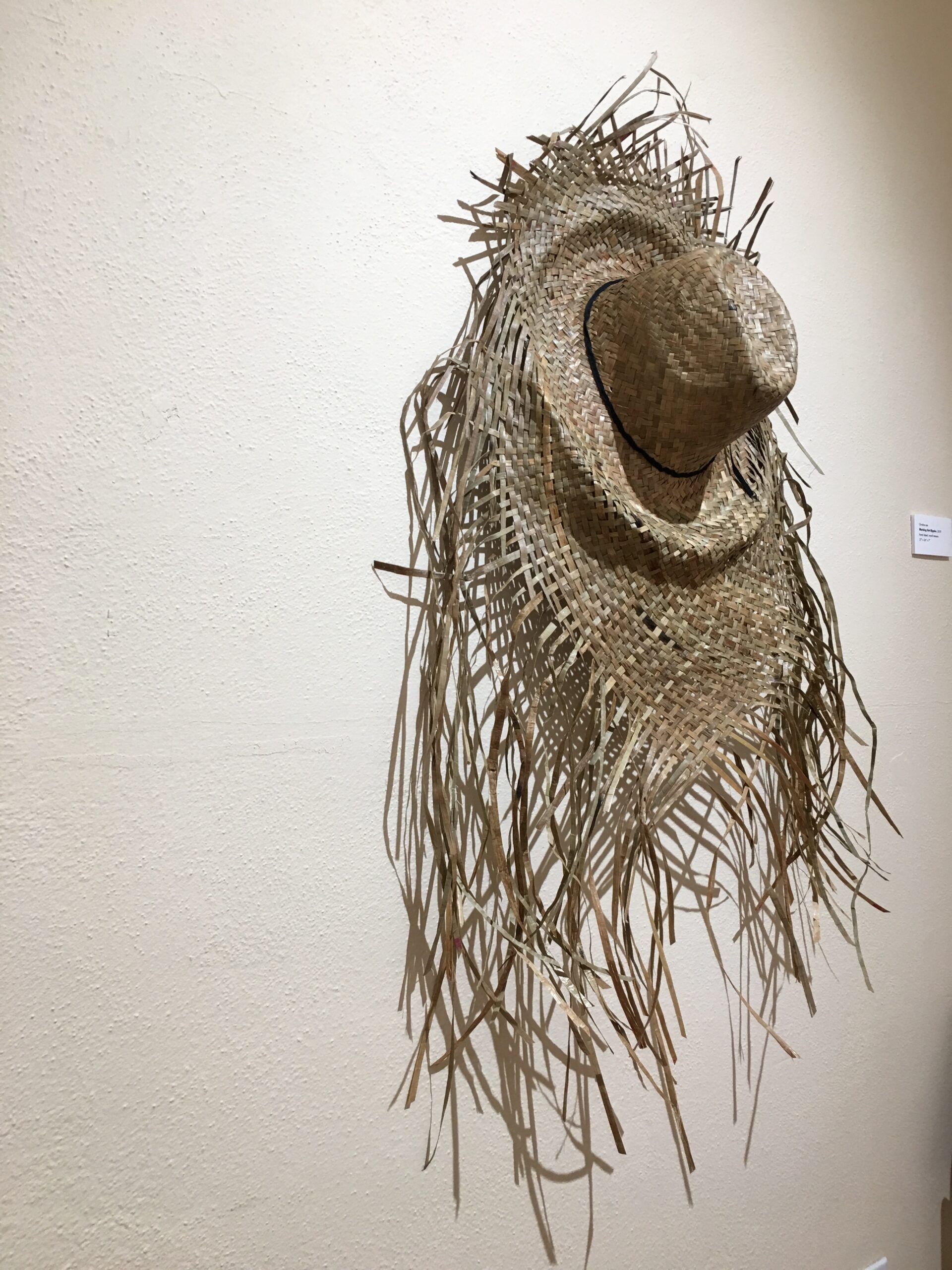Community Engagement
From community art projects to artist residencies at elementary schools, Joan and Ali love working & collaborating with others to create beautiful works of art!
Joan Baron was invited by artist Beth Ames Swartz to curate Tikkun Olam 3 in 2018. Beth originated the Tikkun Olam concept and installed an exhibition of her work, Tikkun Olam I – Repairing the World, at the Arizona Jewish Historical Society in 2016. The center is a Phoenix Point of Pride and is listed on the National Register of Historic Places. Beth Ames Swartz continued this curation with Tikkun Olam II – Repairing the World, an exhibition of 4 acclaimed artists: Janet deBerge Lange, Carolyn Lavender, Ann Morton, and Lauren Strohacker, in 2017. Tikkun Olam III – Repairing the World included visual artists Susan Beiner, Christine Lee, Liz Cohen, Marie Jones, and Janelle L. Stanley. Performances by two accomplished spoken-word artists, Deborah H. Sussman and Fatimah Halim, were presented during the opening reception. Baron also recognized Maya Dailey, farmer and local food advocate, Danielle Leoni, champion of sustainability and green restaurant innovation, and Sasha Raj, restaurateur and chef advocate.
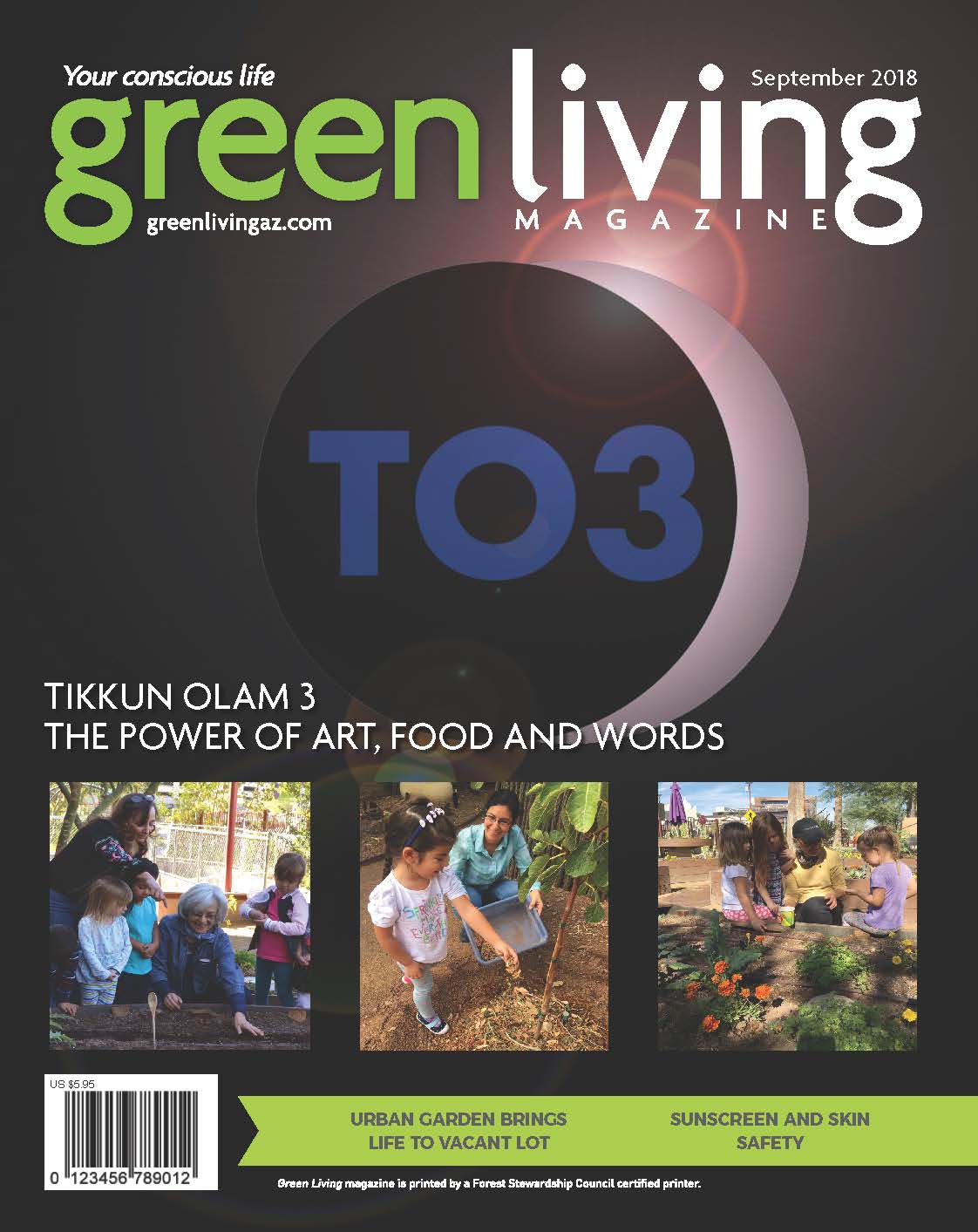
Tikkun Olam III – DO NOT STAND IDLY BY
By Barbara Augsdorfer
The eclipse is considered a portal for human potential and growth. This can extend out to our communities and the world. We are in a time of rapid change that requires us to evaluate our role in society and to take a look at what needs repair, nurturing and love. It is a powerful time where the universal forces encourage us to move forward using our human intellect and heart to become one with this luminous energy. It is a symbol of reflection and contemplation. Its radiance is compelling and seeks to touch us and encourage us to connect with our highest purpose. Tikkun Olam carries this message. TO3 is the “code” – offering that energetic gateway to transform the world that we know for the betterment of all.
Care for the environment. Recycle. Sustainable production. These are just a few of the buzzwords and phrases of the 21st century. But what does this all look like? Art is an expression that gives life and interpretation to these broad and sometimes complicated ideas.
“Repair the world” may seem like a strong directive until one understands its origins in ancient scriptures where it was considered literally a law “to not stand idly by”, explained the exhibit’s curator, Joan Baron. “This Hebrew word has come to connote social action and the pursuit of social and environmental justice. This can translate into social policy legislation as ‘repair’ can only be affected by humans.”
According to Jewish tradition, Tikkun Olam means to do something with the world that will not only fix any damage, but also improve upon it. “People destroy the environment, so it’s going to take people to repair it,” said Baron.
Seven Arizona-based artists were invited by Baron to create works that explore this message. All media, from ceramic installations to weaving, drawings, print, fibers, mixed media and spoken word, will be represented. Performances by two accomplished spoken-word artists, Deborah H. Sussman and Fatimah Halim, will be presented during the opening reception. Other invited artists include Susan Beiner, Liz Cohen, Marie Jones, Janelle L. Stanley and Christine Lee.
Beiner’s work is mixed-media ceramic installations addressing themes such as organic dissolution. “Organic dissolution is a sign to us that as plants lose their color, that foreshadows the destruction of our ecosystem,” Beiner explained in her artist statement. “Then we must accept or not accept our role to repair the environment.”
Cohen will present a large mixed-media installation, “Gaz Coffee,” that suggests a meeting place to stimulate discussions on the intersection of labor, land, and identity. Cohen shared, “My work invites viewers to consider the impacts on economic ideologies, on coffee production and consumption, on people, and the land necessary for their survival.”
Jones is a professional graphic designer. Her works will focus on the power of words. “Her ‘Once Upon A Time’ piece – a series of short stories about the present but from a future perspective, offer perspectives on acts we may have ceased questioning despite their effect on the world of which we are a part,” Baron explained.
Stanley is a Dine (Navajo) who recently returned to her home in northern Arizona. According to Baron, “Her interest and concern for the land, the planting seasons, and traditions of weaving and farming drive the subject matter in her artwork.”

A section of the finished glazed and fired ceramics, informed by ocean coral, rope and plastic take away containers, brings attention to what calls us to repair the world.
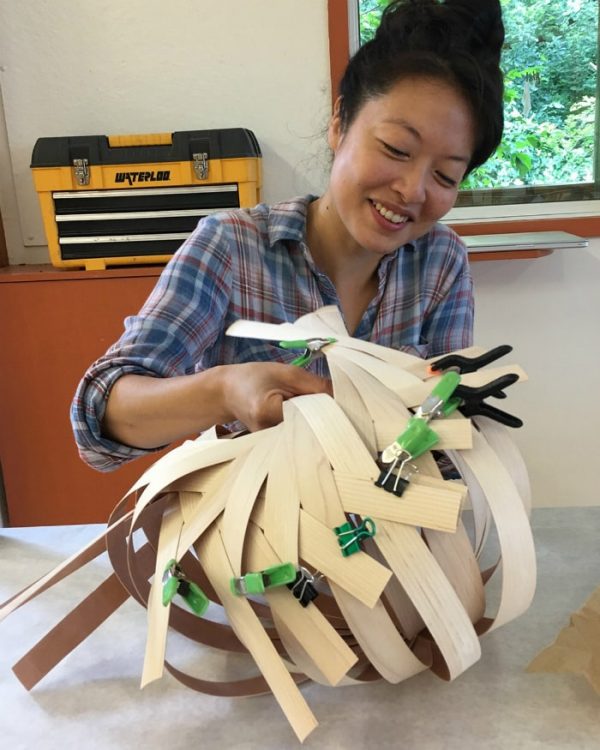
Relying on her craft-based discipline of woodworking, Christine Lee works through multiple configurations and patterns of design ideas taking surplus materials and reinventing their use into sculptural elements that address concepts of repair and restore. The act of integrating these types of materials is a metaphor for how she hopes we can see our roles in repairing the world and to treat its inhabitants with both appreciation and respect. Her works move beyond novelty as they transform us through altered states of being.
Lee’s work strives to keep usable things out of the landfill. She uses simple weaving, rearranging, deconstructing, reinventing and creating value from materials that otherwise would be thrown away. “Our throw-away culture reflects how we treat the environment and our fellow inhabitants. The action of repairing or reintegrating these materials is how I set an example for how art can inspire solutions,” said Lee.
The exhibition will also include a unique collection of spice boxes loaned to Tikkun Olam 3 from the Sylvia Plotkin Judaica Museum in Phoenix. “The spice boxes provide a special opportunity to engage all the senses through smell, touch, taste, sight and hearing,” explained Baron. “These govern our reality and are important to our well-being. Touch, for example, can influence how humans make decisions.”
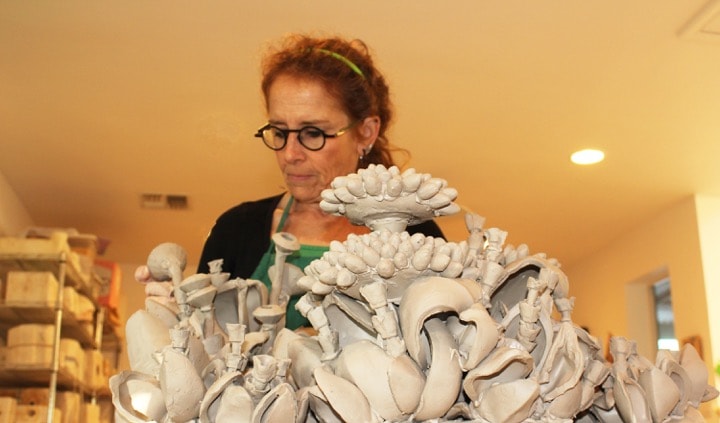
Ceramic Artist Susan Beiner in her studio, working on her large installation. Comprised of multiple shapes that can be reassembled. Susan directs her attention to our life giving ecosystem & the human intervention of debris that is choking our oceans & sea life. “The beauty of the forms and colors draws us in – to reflect on the disruption we are causing to our ocean life. Its large scale begs the call – do not stand idly by.”
Finally, the Oct. 7 opening reception will include food offerings from environmentally friendly and sustainably produced processes. Attendees will be able to sample creations from Maya Dailey, farmer and owner of Maya’s Farm; chef Danielle Leoni of The Breadfruit & Rum Bar; chef Sasha Raj of 24 Carrots.
“Both Raj and Leoni are committed to serving fresh, sustainably farmed plant-based foods from local farmers. They take pride in using environmentally conscious principles, composting, and striving to be zero-waste establishments,” said Baron. Both women collaborate with Maya’s Farm in Phoenix, which farms sustainably and creates programs for schools and the public to educate consumers about the importance of small organic and biodynamic local farms.
The documentary “SEED: the Untold Story” will be presented during the run of the exhibition. Bill McDorman, who appears in the film, will be present to have a conversation with the audience afterward. McDorman is co-director with his wife Belle Starr of the Rocky Mountain Seed Alliance, an organization created to ensure a diverse and abundant supply of seeds for the Rocky Mountain Western Region of which Arizona is a part. McDorman and Starr have developed a successful seed-saving program, Seed School, which is featured in the film.
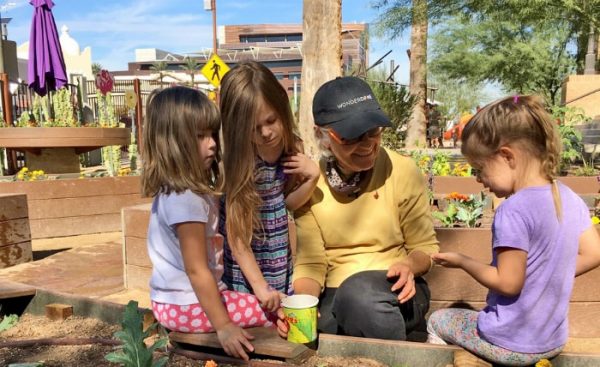
At the Phoenix Children’s Museum, Baron engages the children in a ladybug release. The newly designed raised garden beds provide a valuable hands-on learning experience for children to grow their own food from seed, how to properly water & harvest and prepare to eat.
Tikkun Olam 3, with an opening set for Oct. 7 at the Cutler Plotkin Jewish Heritage Center, 122 Culver St., Phoenix, will showcase environmentally friendly concepts to “repair the world” and spark conversations about sustainability. The reception, which is free and open to the public, will run from 1-5 p.m. on Oct. 7. The exhibit will run through Jan. 23, 2019. The gallery is scheduled to be open daily 10 a.m.-5 p.m., but visitors should check azjhs.org prior to coming to make sure the facility has not been reserved for a private event.
“These are surely examples of individuals who are not standing idly by… who clearly care about the future,” said Baron.
read the Green Living Magazine article on GreenLivingMag.com
This story about Tikkun Olam III – Repairing the Earth appeared in Green Living Magazine in December 2018. Thank you to Jeffrey Cohen, Dean of Humanities, The College of Liberal Arts and Sciences at Arizona State University for his support.


